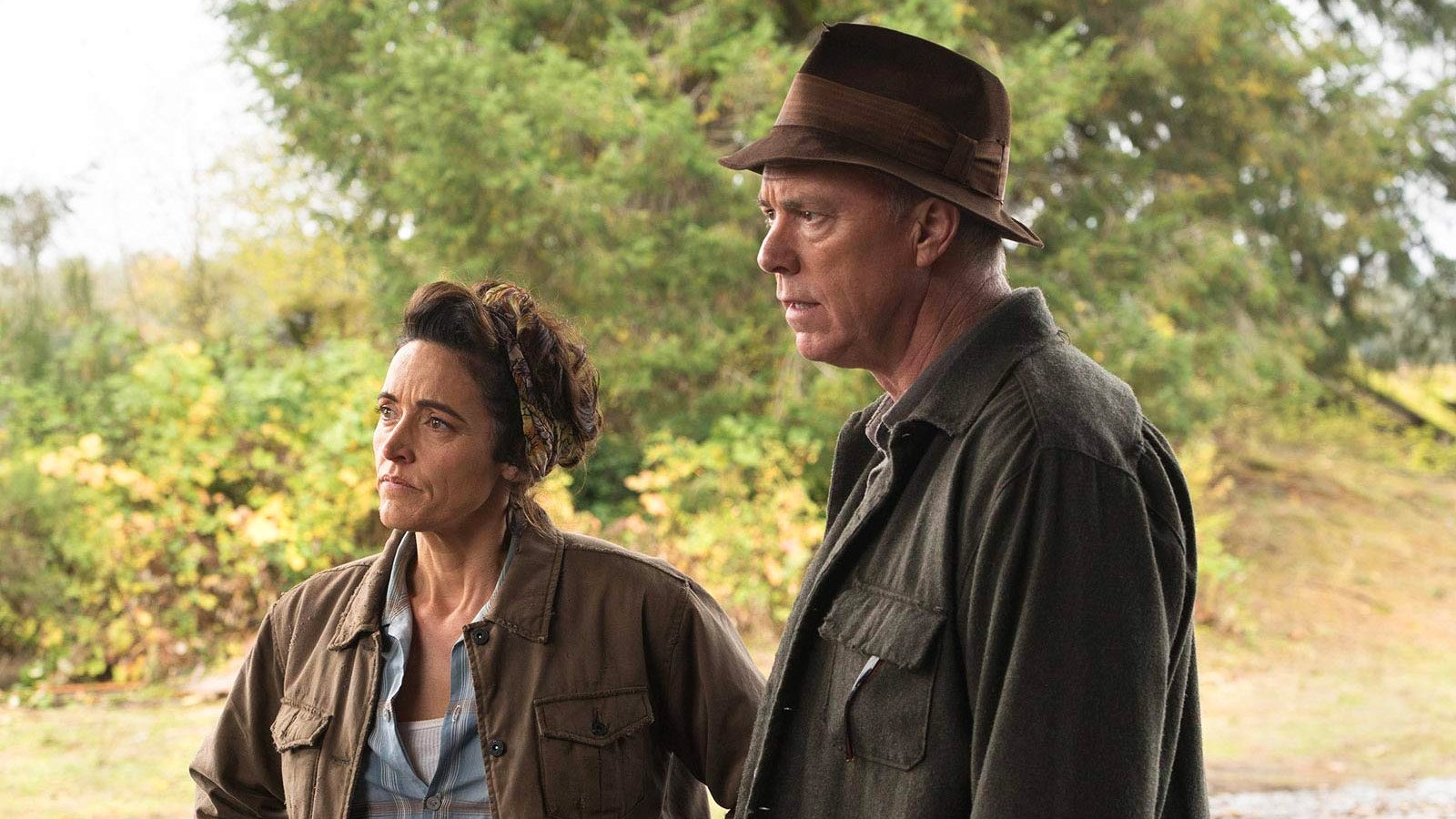
Its early-1960s America - a Nazi regime on the East Coast, Japanese occupation in the West and a buffer zone between - was impeccably detailed by the executive producer Frank Spotnitz (“The X-Files”).

The premiere season, especially its first half, was a marvel of world building in which the character building was an afterthought. Dick novel, is not always up to the challenge, though it has improved. Roosevelt was assassinated, and the United States did not enter the war until too late.) As the internet has taught us, Nazi analogies tend to crush nuance into fine powder.Īnd “The Man in the High Castle,” a drama about finding the imagination to resist darkness, has a new relevance, asked for or not. “The Man in the High Castle,” which returns with its second season on Friday, depicts an America changed by conquest, not an election, and changed far more starkly. In Washington, white supremacists called out “Hail Trump!” and hoisted Nazi salutes. Swastikas with the message “Go Trump” defaced a Brooklyn Heights playground. Trump, the police reported more than double the number of hate crimes over the same period the year before, particularly against Jews and Muslims. In New York City alone in the weeks since the election of Donald J. This year, Amazon promoted the series, set in an America under fascist rule, with billboards depicting the Statue of Liberty, her arm thrust out “Sieg Heil” fashion.īut today it seems quaint to imagine that an ad could be the most disturbing reminder of hate a commuter might encounter.


Before the premiere of “The Man in the High Castle” last fall, Amazon upset New York City subway riders with an advertising campaign that plastered train cars with Nazi imagery.


 0 kommentar(er)
0 kommentar(er)
